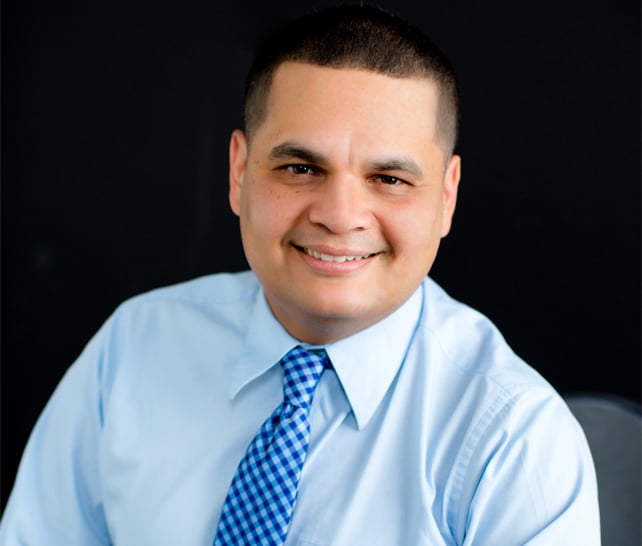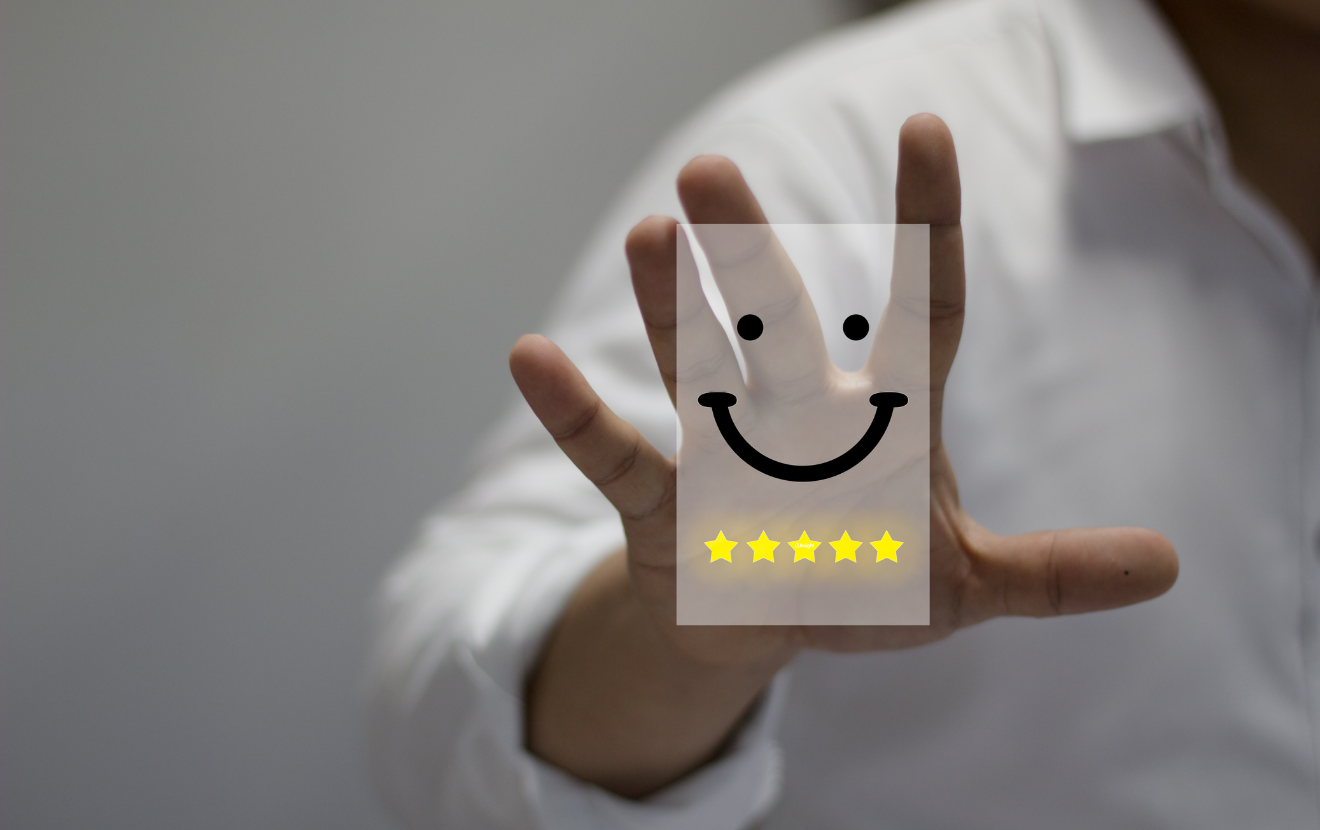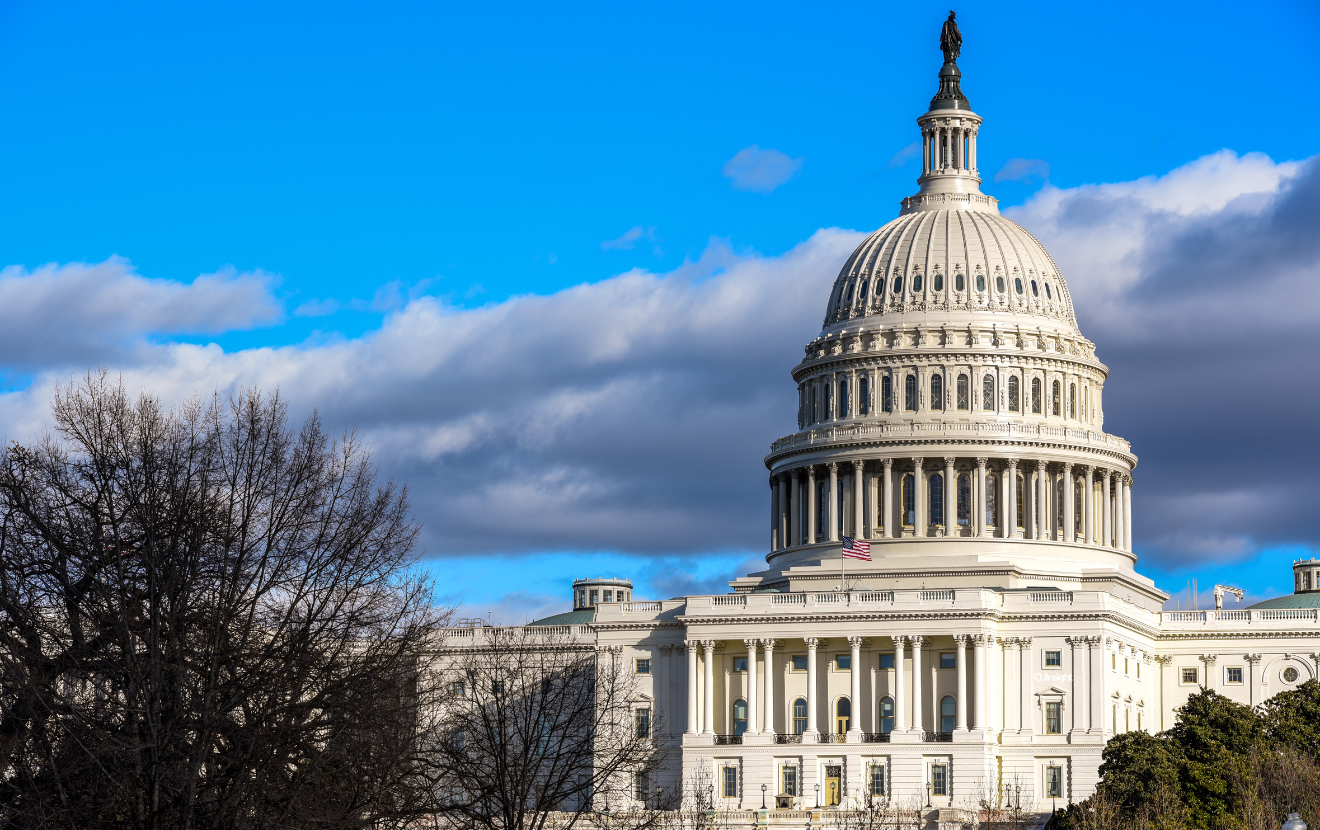Nearlyninemonths into what has been one of the most challenging years in our lifetimes, COVID-19continues to ravagethe health,financesand spirits of many. In addition to disrupting everyday life, thenovelcoronavirushasbrought tolightlong-standing societal and structural problems thatespeciallypredispose marginalized communitiestodireconsequences. One does not need to go far to see the alarmingimpactthat the coronavirus hashad on minoritized communities. TheAmerican Medical Association(AMA)has published a series of articles onhealth equityhighlightinghow some communities will suffer more acutely during the crisis. In terms ofpersonal finance, Pew Research Center finds thateconomic falloutis hitting people of color the hardest.Mental healthis profoundly impacted, especially with a situation thathas no immediate end in sight.
Why are people of color being impacted in greater numbers?
Black and brown Americans are disproportionately represented in the service sector, where they are among the lowest paid, most likely to be laid off, least likely to be able toengage inwork from home, and most likely to be exposed to thevirus. New evidence also suggests that Black Americans face higher rates of coronavirus infection and mortality.Similarly, many Hispanics have been deemedessential workerswho need to treat the ill, grow produce and stockshelves.
As noted inaFileneblog postearlier this year,one of theinitialways people talked about the coronavirus was that it “did not discriminate”,that it was an “equalizer” oran“equal-opportunity” threat. We now know thatthis couldnot have beenfurther from the truth. Instead, the pandemic has disrobed the ugliness of inequality in the United States. COVID-19 is shining a light on what it means to have less income, less savings, fewer benefits like paid sick leave, and less access to insurance andhealthcare.
Withinthe credit unioncommunity,we see a positive outcome:a renewedattentionand supportforstoriedsystem organizationsthatfor decadeshavehelped with the financial inclusionof marginalized populations in the United States.Even before it was called“DEI”, theAfricanAmericanCreditUnionCoalition,Inclusiv,theJuntosAvanzamosProgram,National Association ofLatino Credit Unions &Professionalsand Cooperahadbeenhelping the system understand what it means to“do good by doing well”.And we see the industry crafting new initiatives to support the vastjurisdictionof DEI.Recently Filene created the Centerof Excellencefor DEI, andSuperbiaand CU Pride have joined the inclusion effort to bring light to LGBTQ+ community needs.Additionally, a group of credit union partners have organized to create theCU DEI Collective, a collaboration to advance the understanding and adoption of diversity, equity and inclusion initiatives. I am proud to chair this new initiative.
This list isby no meansall-encompassing, rather, it highlights the growing concern, interest and support forDEI.There is anindustry pledgethat calls attention and encourages action so that we as a movementcommittochange.Has your organization committed to change?This pledgeoutlinesanumberof actions to be taken by credit unionson their path towardfulfilling their mission torelentlessly include.
Whatotheractions can be taken at the state and local levels if you are a member, a leader or a staff member of a credit union?
At the state level, community-based organizations arenatural partners for credit unions. Together, theyare deployingeducationalresources to help with understanding the societal andsystemic structures that keep certain populations marginalized. Case in point, the 21-day Challenge from the United Way. Over the 21-dayChallenge, you will take a self-guided learning journey that examines the history and impacts of racism and how it shapes people’s livedexperiences. Many UnitedWay statechapters are encouragingparticipationin the challenges.
At the local level, we see credit unions responding to unique homegrown challenges,depending on the intensity andparticularcharacteristics of the pandemicin their neck of the woods. The cycle that we seespansfrom crisis management, emergency relief,tostaff health,andkeepingoperations up andrunning to supportmembersthroughvarying degrees of financial stress.
As the COVID-19 challengescontinue, credit unions should stay focused on connecting and using their mission of inclusion to helpALL, but place a special interest and focus onmarginalizedandunderserved segments of societyso they startfeelinga sense of belonging. Deliberate action and clarity will guide our movement to achieve it. The “peoplehelpingpeople”stated mission of credit unions has once more become a call to action and motivator to do good. This mission can certainly help in aiding relief amid thewretched2020 pandemic.Let’s be a force for good.







